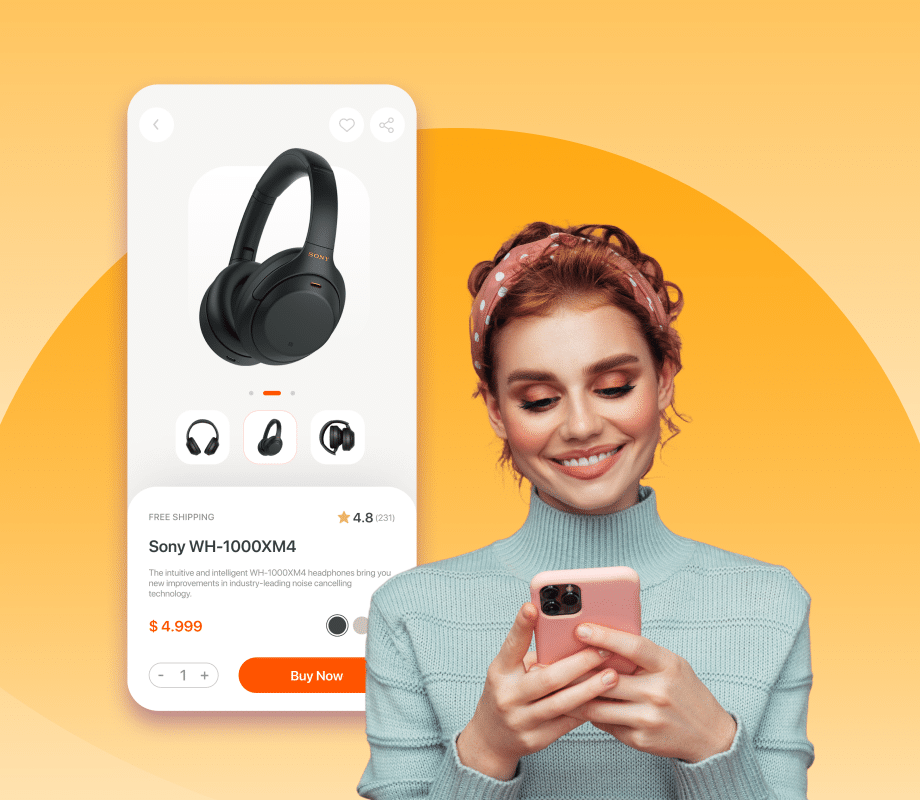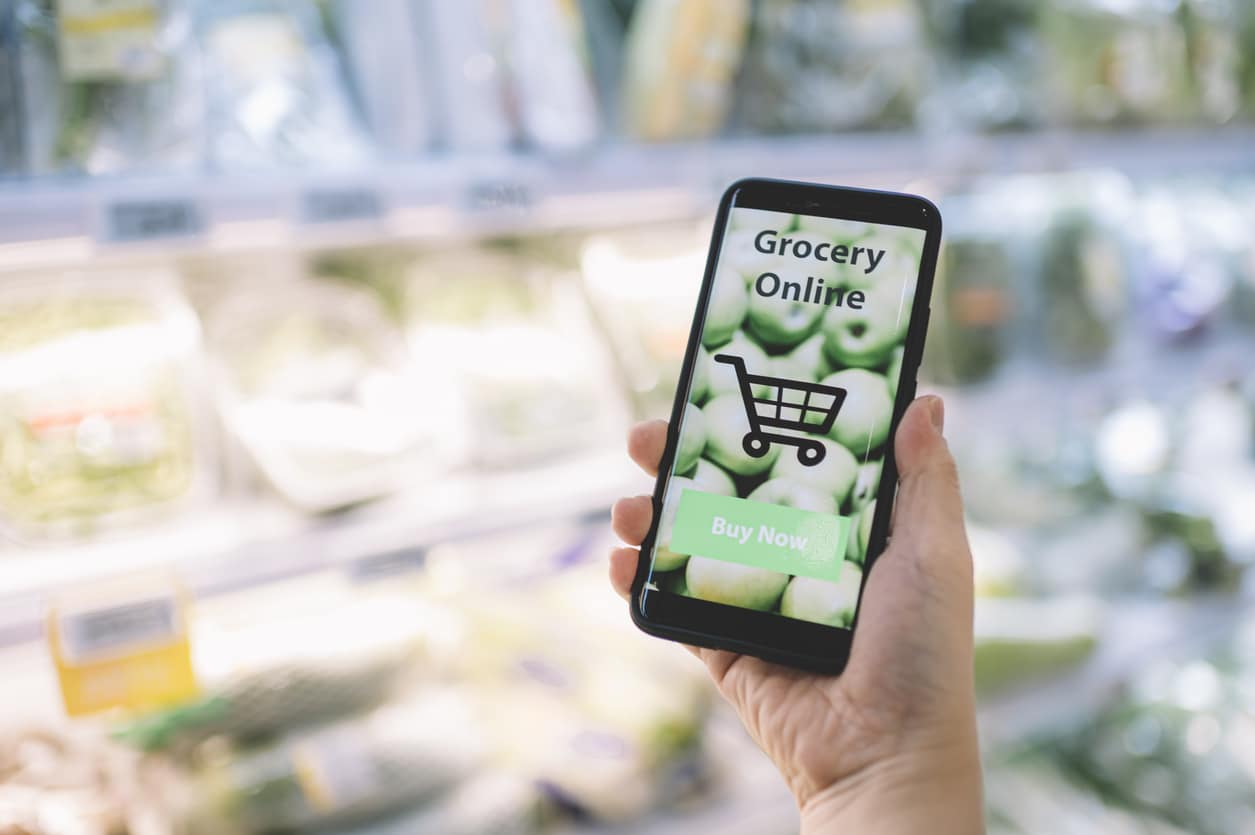One of the most remarkable shifts we have witnessed in retail recently has to be the unprecedented growth in the grocery segment. According to a recent report from IGD, grocery is set to grow by 24% and generate an incremental $2.2 trillion in sales by 2024.
The key drivers for growth across both mature and emerging markets in North America/Europe and Asia respectively will still be online and convenience. As grocers race to grab a share of the increase in consumer spending, they must be mindful of the changes in consumer behavior, the importance of catering to a whole new set of first-time customers, and adapting quickly to evolving needs. This means grocers need a fresh and nimble AI-driven approach to delivering exceptional customer experiences. This alone will separate the winners from the also-rans.
For starters, this means grocers must look beyond traditional marketing methods that involve segmentation which is essentially grouping individuals into buckets called ‘segments’ based on a certain set of common predetermined criteria including interests, geographies, and demographics.
In the past, marketers would typically define segments such as ‘shoppers over the age of 45 who spend 40 GBP monthly in-store’ or ‘households that buy more than 10 organic items monthly’. This helped marketers better organize large amounts of consumer data and personalize communications to some extent. Clearly, it has its drawbacks – since every consumer is unique, no two shoppers have the same buying habits, tastes, or preferences and naturally, you end up with sub-optimal results.
Bottom line, it isn’t true Individualization or what we now call hyper-personalization – where every customer is delivered unique, tailored experiences. Make no mistake, consumers today expect grocers to deeply understand their needs, preferences, brand affinities, and purchase behavior in real-time and to engage them via their preferred channel.
In other words, consumers are looking for contextual relevance, and hyper-personalization delivers on that promise by creating a real-time behavioral profile for every visitor that is extensible to their household. This is achieved by a deep learning framework, a real-time customer data platform (CDP), a full suite of experience personalization, and personalized marketing orchestration capabilities that afford retail grocers the benefits of precision marketing and scale.
Clearly, hyper-personalization is the way forward, but let’s look at what this means from a consumer’s standpoint. In a nutshell, it translates into three things – Recognize Me, Understand Me, and Inspire Me in real-time.
Recognize Me: Know your shoppers. What if you knew your customer shops for a family with two children during the first week of every month, and 30% of his spend is on frozen food. A small portion of purchases includes vegan products, indicating a family member is a vegan. Legumes, dairy products, and dark chocolate bars are regular buys. The customer also buys vitamin supplements, fabric softeners, and disposable plates every alternate month. With this knowledge, you will be able to surface personalized product recommendations that drive better conversions.
Understand Me: Another important ingredient of hyper-personalization is knowing the Why behind the purchase. It can provide surprising insights into the shopper’s context and enable you to tailor the shopping experience. If you know that a customer often purchases avocados and is into healthy foods, you could recommend products that complement it (Mexican salsa for example).
A change in buying patterns or habits may be indicative of moving to a certain variety of food (gluten-free) or an addition of a pet. You may also discover that this customer engages with gamification content and often redeems points to get discounts or you may encounter a customer that constantly compares prices for select staples online and buys in-store. This level of deeper understanding allows you to adapt instantly to changes in customer behavior and extend the best, most relevant offers.
Inspire Me: The more you know your customers, the better your ability to personalize and drive conversions. When you understand affinities, preferences, and behaviors deeply, you can surprise and delight them with the best in-the-moment recommendations that drive higher engagement and top-class digital experiences. These can range from recipes to one-click ingredient purchases or recommendations based on the weather, unique bundled offers, or surprise customers with new product alternatives. You can bring insights from your in-store purchases to influence the online shopping experience.
In summary, massive opportunity beckons grocers. So why not look beyond the mundane automated replenishment to deliver a rich user experience that keeps customers coming back? Hyper-personalization has all the answers to convert routine buying into delightful shopping experiences. Make grocery shopping joyous again.
Check out our Guide to Omnichannel Personalization to learn how you can integrate your online and offline channels to deliver a more holistic customer experience.
 in Sweden from 7 - 8 October 2025. Pre-book a meeting to connect with our
product experts.
in Sweden from 7 - 8 October 2025. Pre-book a meeting to connect with our
product experts.










